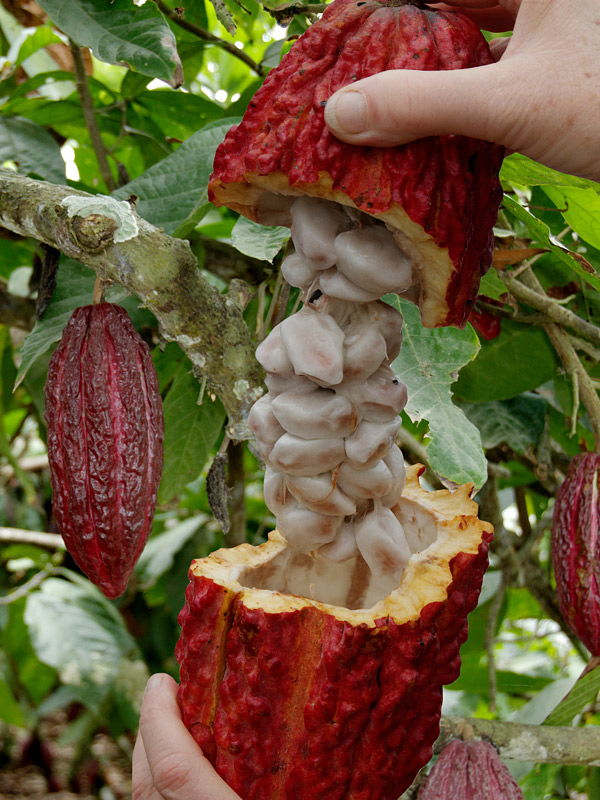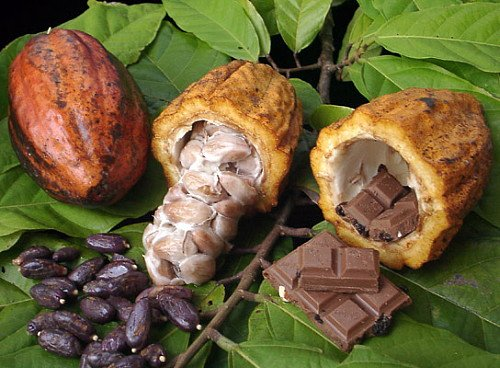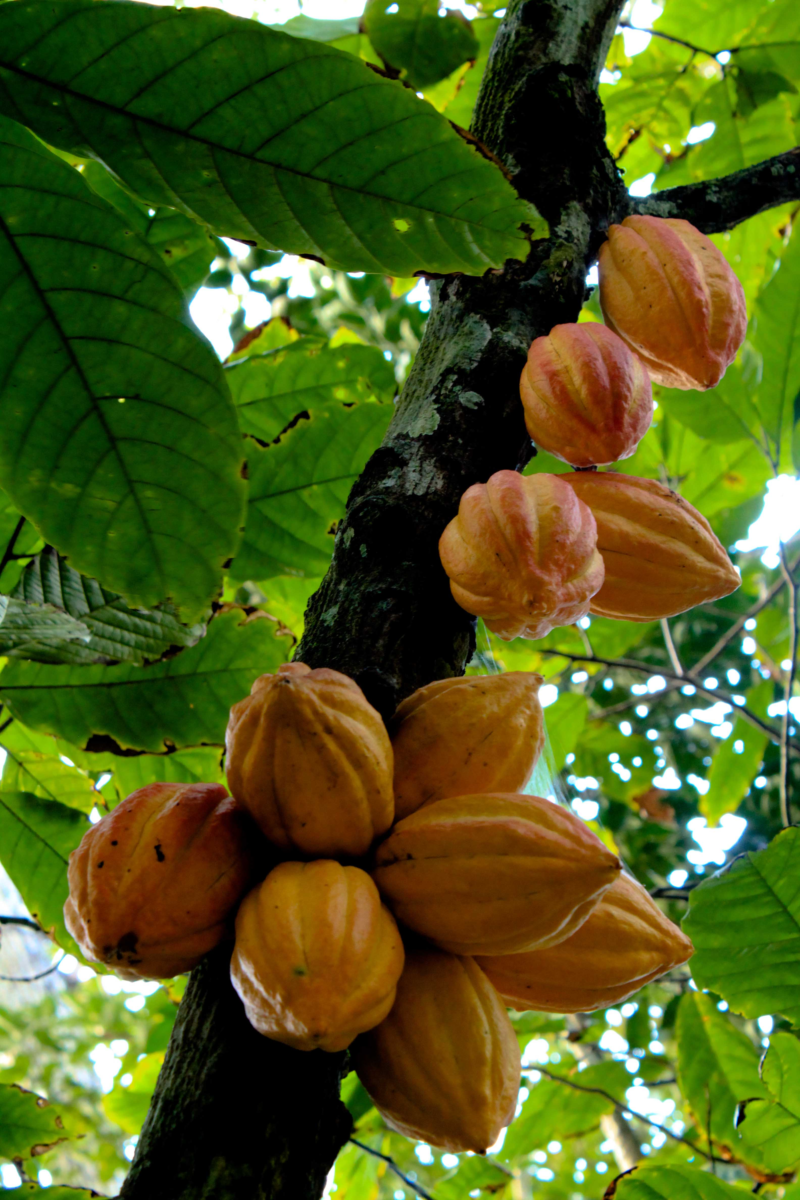What is the Chocolate Tree and Why is it Important?
The chocolate tree, scientifically known as Theobroma cacao, is an evergreen tree native to the tropical regions of Central and South America. It is renowned for producing cacao beans, which are the primary ingredient in chocolate. The name Theobroma translates to “food of the gods,” reflecting the tree’s historical significance among ancient cultures, including the Mayans and Aztecs, who valued cacao highly, even using it as currency.
Botanical Characteristics

Theobroma cacao typically grows to a height of 6 to 12 meters (20 to 39 feet). One of its unique features is its flowering method, known as cauliflory, where flowers bloom directly from the trunk and older branches rather than from new shoots. The flowers are small, usually pink, and are primarily pollinated by tiny flies known as Forcipomyia midges.
The tree produces oval-shaped cacao pods that can be yellow to orange when ripe. Each pod contains 20 to 60 seeds, commonly referred to as cacao beans, which are surrounded by a sweet, white pulp. The beans are rich in fat, primarily cocoa butter, and are used to create various chocolate products through processes of fermentation, drying, roasting, and grinding.
Cultural and Economic Importance

Cacao has been consumed for thousands of years, originally as a bitter drink mixed with spices. Today, it is a key ingredient in a wide range of chocolate products enjoyed globally. The pulp of the cacao fruit is also used in beverages and desserts in some regions.
Cacao cultivation is significant economically, particularly in countries like Ivory Coast and Ghana, which are among the largest producers of cocoa beans. The tree typically begins to bear fruit after four to five years, with mature trees producing thousands of flowers, though only a small percentage develop into pods.
Uses Beyond Chocolate

In addition to its culinary uses, cacao beans are also processed into cacao butter, which is utilized in cosmetics and skincare products due to its moisturizing properties. The cultural significance of chocolate has persisted through the ages, often being associated with romantic gifts and ceremonial uses in various cultures.
Overall, the cacao tree is not only vital for chocolate production but also plays an important role in the cultural and economic landscapes of many tropical regions.
Citations:
The Cacao Tree: A Guide to the Plant Behind Chocolate
The Cacao Tree: A Journey Through the Life of a Cacao Tree
comments powered by Disqus